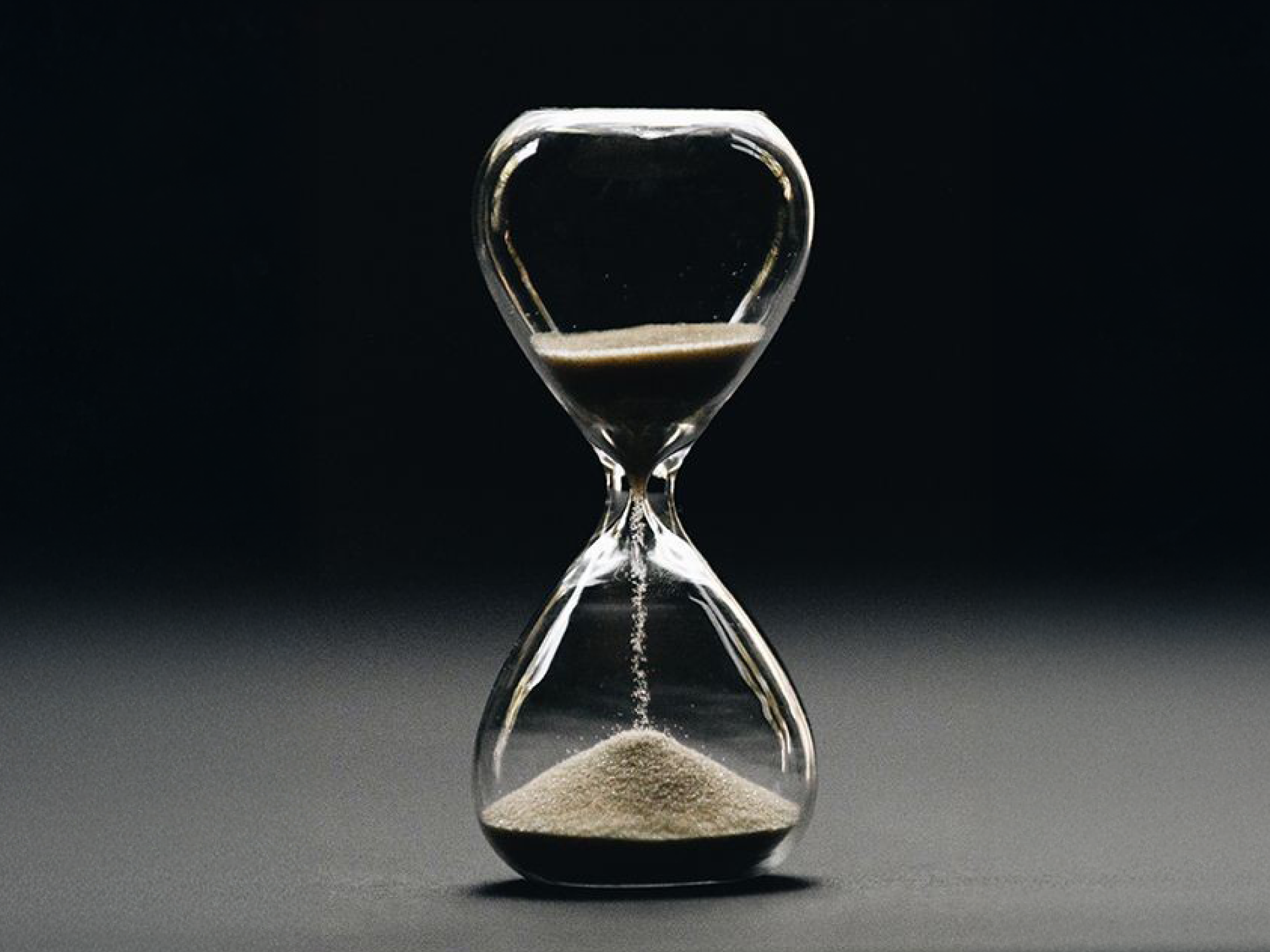Constraints
May 14, 2025
When most people picture the creative process, they often imagine a wide-open canvas, infinite resources, and no deadlines in sight.
It sounds dreamy, but the truth is, unlimited freedom usually leads to chaos, not brilliance.
Constraints, the budgets, the timelines, the tricky client briefs, are not barriers to creativity.
They can be viewed as strategic pressure points that can turn raw ideas into sharp, timeless work.
Studies from Stanford have shown that constraints actually increase creative output by forcing people to think differently, combine ideas in novel ways, and avoid default solutions. When your choices are limited, your imagination has to stretch wider.
Instead of endless brainstorming with no clear direction, constraints focus your energy, creating a kind of disciplined inventiveness that produces real results.
Whether we are navigating a brand refresh on a tight timeline, designing a system that must work across dozens of formats, or crafting identities for companies still discovering who they are, the boundaries make the work better.
Constraints sharpen ideas because they strip away the indulgent extras and force us to get to the heart of the matter faster.
The classic saying "necessity is the mother of invention" holds up because it reflects how real breakthroughs happen.
Google’s early homepage? A minimalistic marvel born not from aesthetic preference but from technical limitations.
The early design of Twitter(X)? Originally restricted to 140 characters because of SMS constraints.
Even Dr. Seuss famously wrote "Green Eggs and Ham" using only 50 words because of a bet, and it became one of his most beloved works.
Constraints demand that you make decisions. They force you to clarify your ideas instead of endlessly tinkering.
They help you prioritize what matters most, instead of chasing the endless possibilities that, let’s be honest, usually lead to no finish line at all.
We have touched on our mindset on this before in "The Orchestra," where creativity was described as a collective rhythm rather than solo genius. The rhythm exists because there are rules, shared timing, shared understanding.
Without structure, the music would fall apart.
In design, as in music, constraints provide the structure that allows true improvisation and originality to emerge.
They are not there to punish your creativity; they are there to provoke it.
They ask better questions, like:
- How can you tell a complete story with half the space?
- How can you deliver a brand experience with limited time and attention?
- How can you design something powerful for someone who might experience it in only a few seconds?
Those are the questions that lead to better, smarter, more resonant work.
Constraints are not the enemy.
They are the best creative partners you did not know you needed. Treat them that way, and you will not only do better work, you will also find more satisfaction in the process.
Next time a project hands you a tough limitation, do not roll your eyes. Say thank you.
It just handed you the keys to doing something you might not have thought possible.
Peace.


